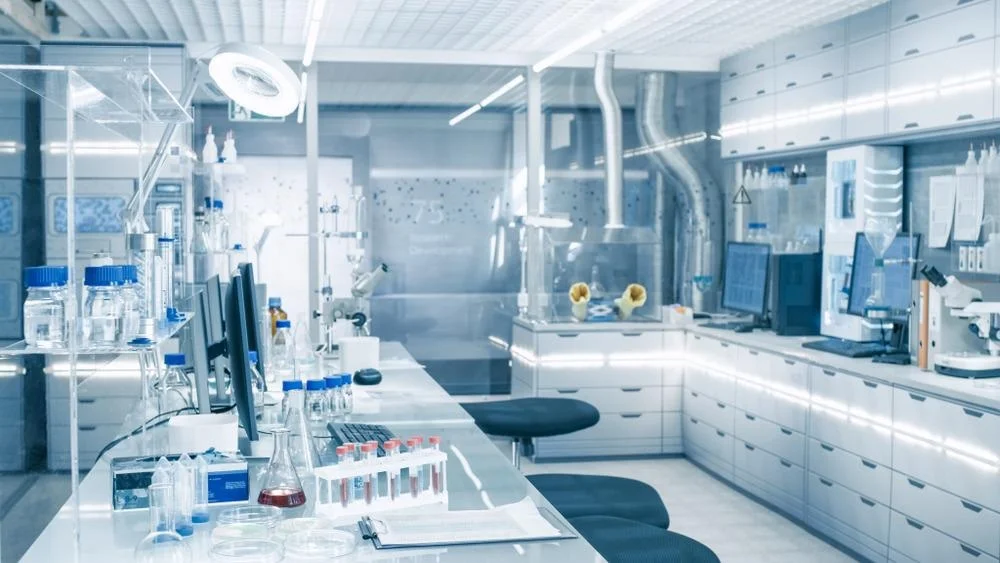Meat Product Organic Contaminant Analysis
In today's global food industry, ensuring product safety and compliance with international standards is paramount. One critical aspect of this effort involves the analysis of organic contaminants in meat products. The presence of these contaminants can pose significant health risks to consumers and necessitate stringent testing protocols.
The analytical process for detecting organic contaminants in meat requires a combination of sophisticated laboratory techniques and meticulous sample preparation. This service encompasses various stages, from initial sample collection to final report generation. Samples must undergo rigorous extraction procedures using appropriate solvents followed by analysis via gas chromatography-mass spectrometry (GC-MS) or high-performance liquid chromatography (HPLC).
The analytical approach is designed to target a wide range of organic compounds, including pesticides, mycotoxins, and other potential contaminants. Each compound has specific detection limits set according to international standards such as ISO 3164:2019 for pesticide residues in food products or EN 1789:2015 regarding aflatoxin M1 levels.
Once the samples are prepared, they undergo detailed analysis using advanced equipment capable of identifying even trace amounts of contaminants. Gas Chromatography-Mass Spectrometry (GC-MS) offers high sensitivity and specificity making it ideal for this purpose. High-Performance Liquid Chromatography (HPLC), on the other hand, provides excellent resolution which is crucial when dealing with complex mixtures found in meats.
Following analysis, results are compiled into comprehensive reports that outline findings alongside relevant standards compliance status. These documents serve as vital tools for quality assurance teams ensuring products meet regulatory requirements before being released onto market shelves.
Benefits
- Enhances food safety by identifying potential health hazards early in production processes.
- Maintains brand reputation through consistent adherence to strict regulatory standards.
- Facilitates compliance with international regulations ensuring products are acceptable across borders.
- Promotes transparency within supply chains allowing stakeholders greater confidence in product integrity.
Customer Impact and Satisfaction
- Reduces risk of recalls due to non-compliance with established safety thresholds.
- Improves operational efficiency by providing clear insights into potential issues early in the process.
- Saves costs associated with rework or disposal of contaminated materials.
Use Cases and Application Examples
| Application Example | Description |
|---|---|
| Pesticide Residue Testing in Fresh Meats | This example focuses on detecting pesticide residues which are commonly found in fruits and vegetables used as ingredients for meat dishes. By analyzing these compounds, we ensure that final products do not exceed allowable limits. |
| Mycotoxin Detection in Ground Beef | Ground beef often contains ground-up parts from multiple animals making it susceptible to contamination by mycotoxins produced during post-harvest storage conditions. Here, we employ HPLC technology to determine the presence and concentration of these toxins. |





